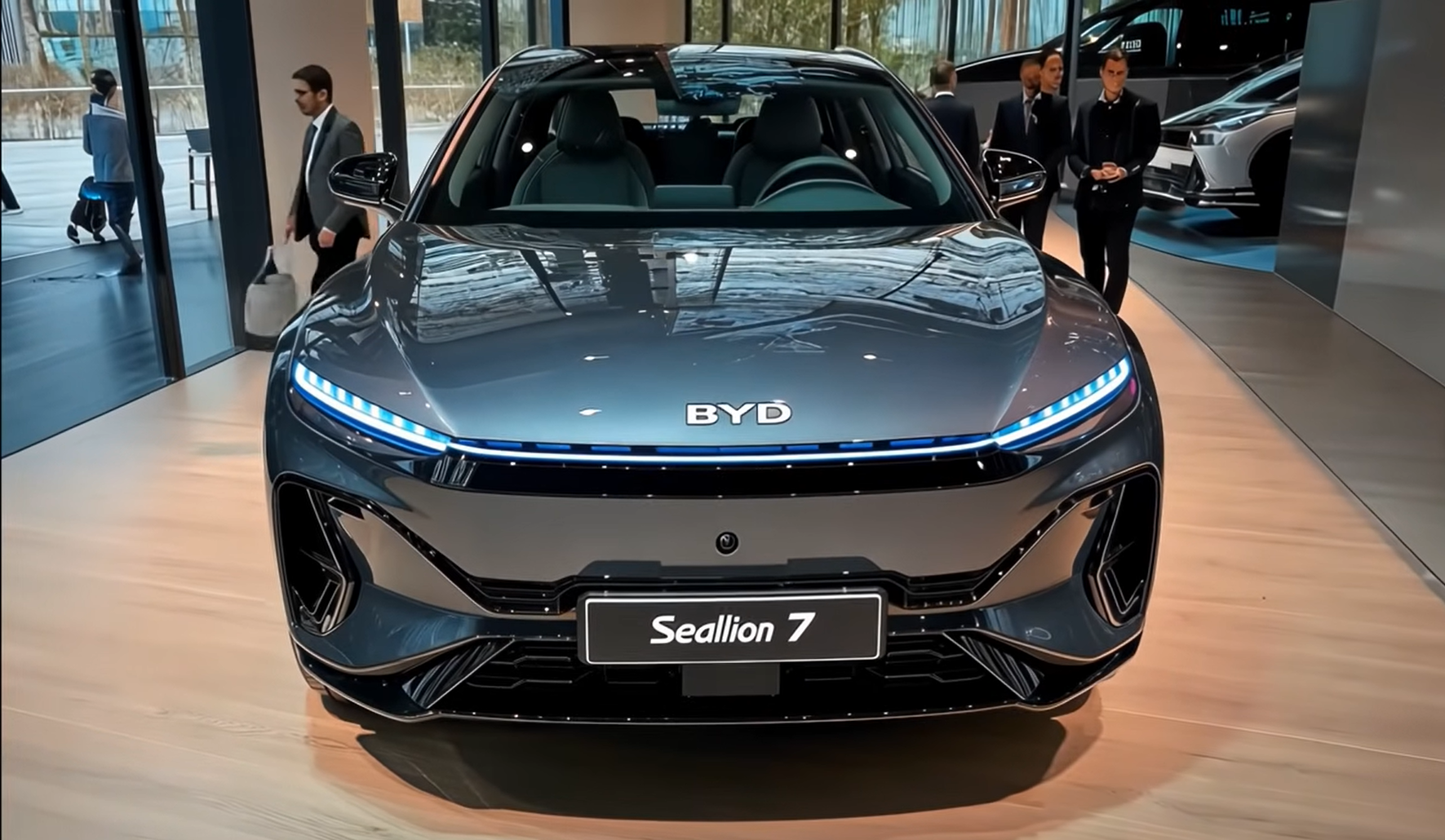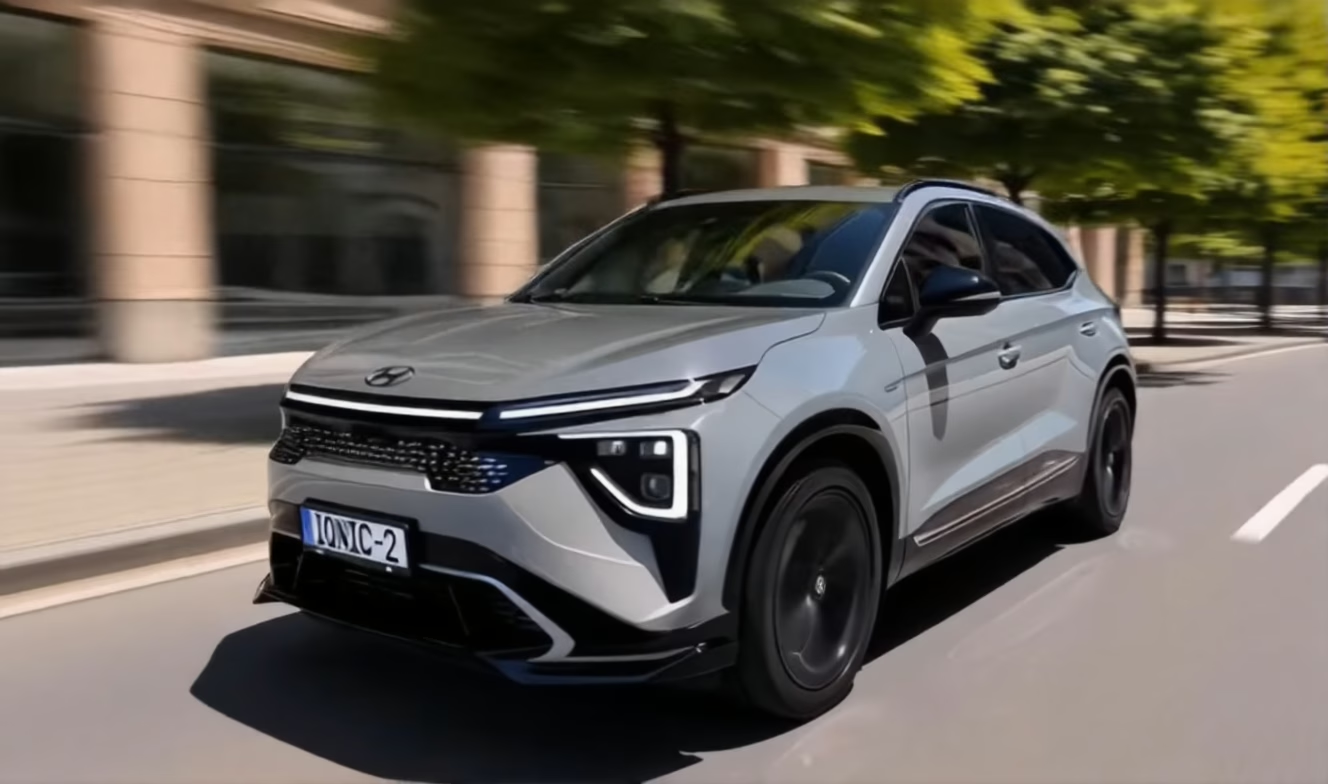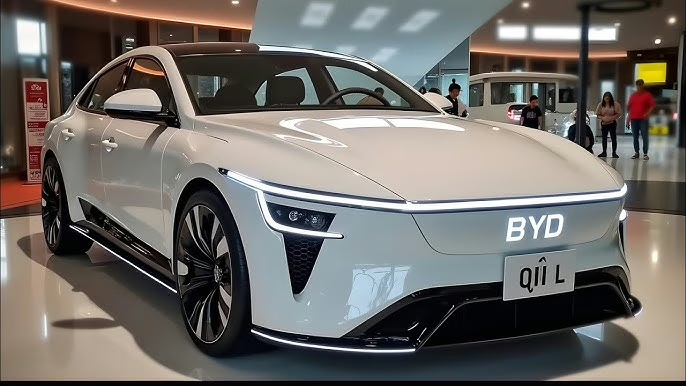
Could BYD’s Seallion 7 Be the Tesla Model Y’s Biggest Threat?
If you thought the electric SUV market had reached its boiling point, think again. BYD, the Chinese auto juggernaut behind the coveted Blade battery and some of Asia’s best-selling EVs, is rolling out what’s arguably their most ambitious challenger yet—the 2025 BYD Sea Lion 7. Already creating ripples across Europe and on the cusp of an Australian debut, this all-electric SUV looks laser-focused on outclassing segment leaders like the Tesla Model Y, Kia EV5, and even sharp rivals like the Xpeng G6 and Leapmotor C10.
A Double Dose of Powertrain Innovations
What sets the Sea Lion 7 apart from the swarm of crossovers flooding the market? Let’s start under the hood—if you can still call it that in the age of EV engineering. Recent filings and leaked documents confirm that Australia and Europe will both get two powertrain choices: a single-motor rear-wheel drive (RWD) at 230 kW, and an all-wheel drive (AWD) variant that flexes a combined 390 kW.
Dig into those numbers. The AWD system pairs a 130 kW front motor with a healthy 230 kW on the rear, delivering torque estimates near 690 Nm. That’s 0–100 km/h in about 4.5 seconds—quicker than some hot hatches and right on par with upper-tier crossovers. Even the less aggressive RWD trim throws up 380 Nm, pushing the car to 100 km/h in a claimed 6.7 seconds. Real-world results will depend on things like surface conditions, temperature, and battery state, but on paper, that’s family EV pace with a slightly sporting edge.
LFP Blade Batteries: The Science in the Floor
No BYD would be complete without its LFP Blade battery tech. The Sea Lion 7 features two battery sizes: 82.5 kWh and a beefier 91.5 kWh version. In WLTP range estimates, that’s approximately 456–520 km, a number that should chase away range anxiety for all but the most hardcore road-trippers. It’s also competitive with the Model Y’s real-world distance, making the Sea Lion 7 a legit player for those eyeing long commutes or weekend adventures.
| Model | Drivetrain | Power (kW) | 0–100 km/h | WLTP Range (km) |
|---|---|---|---|---|
| BYD Seallion 7 (AWD) | AWD (Dual Motor) | 390 | 4.5 sec | Up to 520 |
| BYD Seallion 7 (RWD) | RWD (Single Motor) | 230 | 6.7 sec | Up to 520 |
| Tesla Model Y Long Range | AWD (Dual Motor) | Up to 378 | 5.0 sec | 533 |
| Kia EV5 | AWD (Dual Motor) | 225 | 7.0 sec* | 530* |
| Xpeng G6 | AWD (Dual Motor) | 358 | 4.1 sec | 570 |
*Manufacturer estimate
Size Matters: Room for the Next EV Generation
Modern families want more than just numbers—they want space, comfort, and cargo versatility. The Sea Lion 7 stretches to 4,830 mm in length, stands 1,620 mm tall, and is 1,925 mm wide. Its 2,930 mm wheelbase hints at a roomy interior, possibly beating the Tesla Model Y in cargo and cabin area by every measure except height (the Tesla edges it out by a mere 4 mm). This matters if you’re planning road trips, running a carpool, or just love that airy cabin feel that’s become a signature of the best electric crossovers.
It’s not just about the driver—passengers in the second row and behind are likely to get a generous dose of legroom and flexible storage, perks increasingly expected as EVs compete with combustion-powered SUVs on livability as much as sustainability. Industry experts have flagged this shift, pointing to evolving expectations around vehicle packaging in the electric era.
How Will BYD Price the Sea Lion 7?
Pricing details remain under wraps ahead of the official Australian launch, but all signs point to a figure between AUD $55,000 and $60,000. That puts it firmly in the crosshairs of the Model Y, Xpeng G6, and Kia EV5—not to mention rivals from Leapmotor, Zeekr, and Nio vying for the same slice of the SUV pie. For reference, the BYD Seal sedan sits at AUD $49,888, so expect the Sea Lion 7 to land slightly higher, reflecting its larger size, dual-motor options, and more upscale features aimed at growing family and enthusiast markets.
As competition tightens, watch for manufacturers to sweeten deals with tech packages, extended battery warranties, and ever more advanced driver assistance systems. If rivals counterpunch with price adjustments or new battery technologies, it could set off another round of EV innovation across Australia and beyond.
Inside the Lion’s Den: First Impressions on Tech & Features
While BYD’s official feature list hasn’t dropped, we’re expecting an interior filled with sustainable materials, slick infotainment (expect a rotating screen like other BYDs), multi-zone climate, and semi-autonomous driving aids. If the Sea Lion 7 wants to convert Model Y fans, the digital user experience will matter as much as the acceleration stats.
Curious about where BYD sits in the broader EV industry transformation? The company’s design teams have consistently aimed for that sweet spot between function and futurism—look for subtle aerodynamic tweaks, a distinctive lighting signature, and cabin touches that echo their evolving design language. The Sea Lion 7 should keep rival designers on their toes, and it may even hint at what’s next for BYD’s wider SUV lineup.
Disruptor or Just Another Contender?
This stretch of the EV highway is packed with challengers, but BYD’s arrival on the scene can’t be ignored. The dual-motor, fast-charging Sea Lion 7 could disrupt the status quo for families looking to upgrade from hybrids or combustion SUVs. With its blend of speed, space, and trusted battery tech, is it poised to steal the spotlight from Tesla and Kia, or is the electric crossover world simply big enough for all?
It’s an era when innovation moves fast, and even established brands can’t afford to coast. Whether or not the Sea Lion 7 becomes a true benchmark, it proves that the family EV arms race is far from over—and buyers everywhere stand to benefit.
If you’re shopping for a next-gen family hauler, the decision just got a lot tougher. Will you stick with proven favorites or take a chance on the new lion in town?




